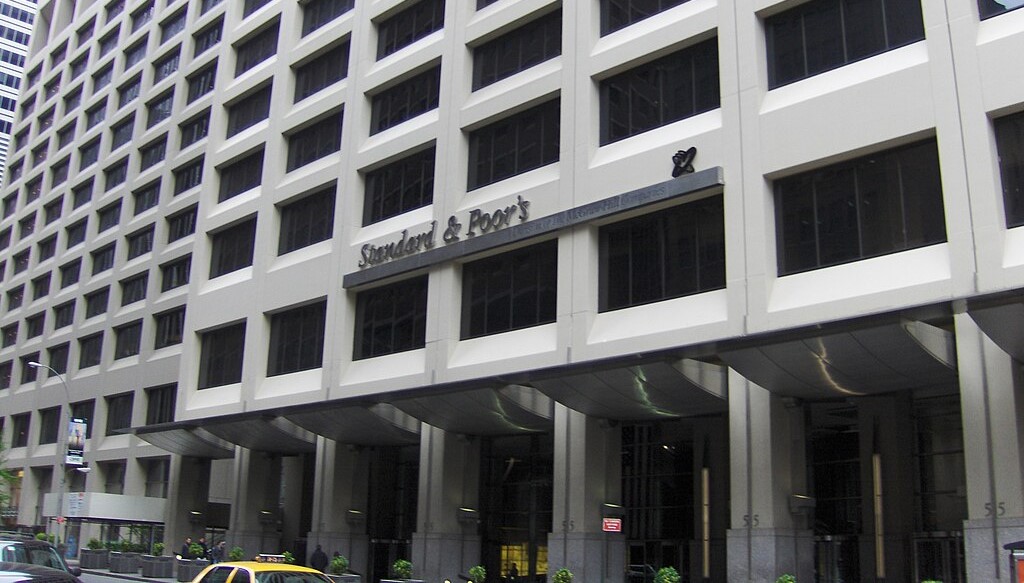Key Takeaways:
I. Hyperscalers now command 43% of new global data center capacity, cementing a capital-driven lockout from foundational AI infrastructure.
II. Energy availability and long-term pricing—now more than algorithms—are the principal determinants of large-scale AI viability.
III. Sovereign and startup AI efforts remain fundamentally constrained by scale, cost, and supply chain realities, despite record GPU purchases and rising national subsidies.
The $1 billion infusion from Amazon into Anthropic marks only the latest skirmish in an AI arms race that has seen $255.6 billion raised across 321 deals involving 968 investors by October 2024. Yet, the true competitive arena is shifting decisively from code to capital and, critically, to physical infrastructure. OpenAI’s $500 billion Stargate project and Microsoft’s $100 billion Aurora initiative signal hyperscalers’ intent to dominate not just the software stack but the global compute substrate itself. With 43% of all new data center capacity—over 32,900 MW of a projected 76,500 MW buildout through 2027—controlled by a handful of players, the era of broad AI democratization is receding. Instead, a new oligopoly is hardening around those with the deepest pockets, the closest energy deals, and privileged access to advanced chips, leaving sovereigns and startups facing mounting barriers to meaningful participation.
Capital Arbitrage and the Great Compute Lockout
The AI sector’s capital influx has reached an inflection point, with $255.6 billion deployed across 321 deals and 968 investors by October 2024—a pace nearly triple the sector’s 2022 aggregate. This surge is not simply fueling model development but underwriting a buildout of physical assets on an unprecedented scale. OpenAI’s Stargate and Microsoft’s Aurora, each with budgets exceeding $100 billion, are emblematic of a new era in which AI leadership is predicated on the ability to marshal vast, patient capital for multi-decade infrastructure projects. The result is a fundamental transformation in the market: compute, once accessible and elastic, is now a scarce, strategic asset.
This capital intensity is manifesting most acutely in the data center arms race. Of the 76,522 MW of new global data center capacity forecasted through 2027, hyperscalers alone command 43% (32,904 MW). The remainder is fragmented across global data center providers (32%), local providers (22%), and telcos (3%), underscoring the sheer scale advantage of the top AI players. This physical lockout is compounded by privileged access to advanced chips: over 80% of Nvidia’s H100 and A100 GPU shipments in 2024 are locked into pre-existing contracts with the top five hyperscalers, leaving most startups and sovereigns to compete for a rapidly diminishing pool.
The hyperscaler dominance is reflected in procurement economics. Bulk GPU purchases, direct negotiations with chipmakers, and vertically integrated supply chains enable hyperscalers to achieve hardware cost advantages of 35–50% over sovereign or startup buyers. For example, a hyperscaler purchasing 100,000 GPUs at $12,000 per unit achieves a $3,000–$5,000 per-chip discount compared to spot market pricing. Furthermore, these players secure priority in advanced packaging and networking gear, compressing build timelines by 4–6 months relative to non-hyperscaler efforts.
This consolidation is not simply commercial but systemic. The top five hyperscalers’ combined data center footprint is now larger than the next 50 providers combined, and their share of total new AI compute provision is projected to cross 60% by 2027. For startups, even those with access to substantial venture funding, the entry cost for competitive AI infrastructure now exceeds $2 billion for a single flagship data center, a sum that only a handful of new entrants have managed to raise in the past two years. Consequently, the balance of power is shifting irreversibly toward players who can deploy both capital and physical assets at a planetary scale.
Energy as the New AI Currency
AI’s insatiable energy demand is rapidly becoming the most decisive constraint on scaling. Each large-scale data center consumes upwards of 100–150 megawatts, with the top 10 hyperscaler facilities projected to collectively add over 5 gigawatts of new load globally by 2027. The cost structure of AI is thus increasingly determined by long-term electricity contracts, grid proximity, and the ability to secure stable, low-carbon supply—factors now central to capital allocation decisions and competitive positioning.
Hyperscalers have moved aggressively to secure their energy futures. Over 60% of new data center construction in 2024–2027 is tied to direct grid interconnections or proprietary power purchase agreements (PPAs), locking in sub-$40/MWh rates for up to 15 years. In contrast, startups and sovereigns typically pay $60–$90/MWh on open markets and face exposure to spot volatility. These long-term contracts not only compress operating costs but also insulate leading AI players from regulatory or geopolitical shocks affecting energy markets.
The systemic risk is now acute at the regional level. Rising data center power demand is forecast to increase Europe’s electricity consumption by at least 180 terawatt-hours by 2030—over 5% of the continent’s total 2023 usage. In key markets like Ireland and the Netherlands, data centers already account for 15–20% of local grid load, with projections reaching 30% by 2027. For hyperscalers, the ability to drive grid investments and even influence national energy planning is fast becoming a source of geopolitical leverage.
To further entrench their advantage, hyperscalers are accelerating investments in frontier energy technologies. Deployment timelines for Small Modular Reactors (SMRs) have been advanced by 12–18 months in the US and UK, with several hyperscaler-backed consortia now targeting 2028–2030 for first operational units. Parallel investment is flowing into on-site battery storage and hydrogen-ready infrastructure, enabling data centers to hedge against peak pricing and grid instability while supporting sustainability mandates.
The Sovereign AI Illusion
Despite record public investment, sovereign AI initiatives remain hamstrung by scale and supply chain constraints. In 2024, national governments collectively ordered just 40,000 high-performance GPUs—less than 5% of global demand—and paid a 20–30% premium per unit compared to hyperscalers. The total cost of sovereign AI infrastructure now exceeds $8–$10 per gigaflop per year, 3–5x higher than industry leaders, leaving most national efforts with limited practical impact on the broader AI ecosystem.
Even as national subsidies and procurement programs grow, their aggregate impact remains modest. Nvidia alone is projected to generate $10 billion in revenue from sovereign AI investments in 2024, up from zero in 2023—a sign of rising ambition but also the scale mismatch with private sector initiatives. For comparison, OpenAI’s Stargate buildout alone commands a budget 50 times that of the largest sovereign AI project announced to date. This gap is expected to widen, reinforcing the hyperscaler moat.
Strategic Outlook: The New Compute Order
AI’s future will be shaped not by incremental advances in models, but by the relentless concentration of capital, compute, and energy. The hyperscaler oligopoly—fortified by privileged access to grid power, supply chain, and long-term financing—poses existential challenges for sovereigns, startups, and even well-capitalized incumbents. For investors, the opportunity set is migrating toward enablers of energy resilience, next-generation infrastructure, and differentiated data assets. Policymakers seeking to foster AI sovereignty must confront the physics and economics of the new order: in 2025, true participation requires not just vision, but billions in capital, gigawatts of energy, and a fundamentally new approach to industrial policy.
----------
Further Reads
I. Weighted Average Cost of Capital (WACC) Explained with Formula and Example
II. Moody's - credit ratings, research, and data for global capital markets




